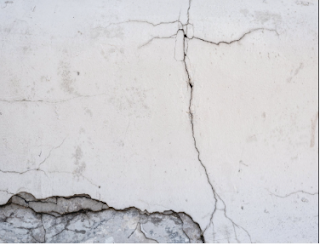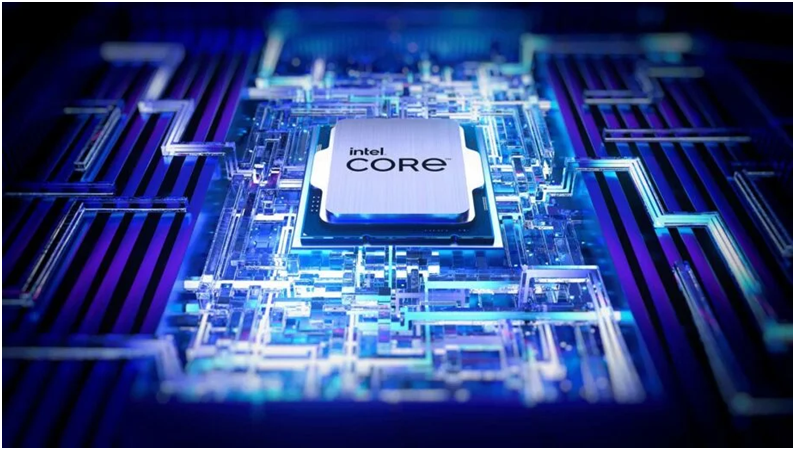Self-Healing Concrete
Introduction
Concrete is one of the most widely used construction materials on earth. But concrete has a flaw, its low tensile strength. It needs to be reinforced with the help of steel or iron rods to compensate for its low tensile strength. In turn, concrete protects the steel from corrosion. But when cracks form in concrete, the rods come in contact with the atmosphere, and their corrosion harms the structure's integrity.
Here comes the idea of self-healing concrete because if we fill the cracks formed in the concrete, then the next step of corrosion of rods will not occur. This self-healing will not lead to harm to the structure's integrity.
First let’s see about concrete’s own self-healing properties
Autogenous self-healing concrete
Concrete in itself processes naturally specific autogenous healing properties. The healing activity in this method initiates because of the hydration of the clinker's minerals present in it. Here the unhydrated cement particles work as a healing material.
This reaction with cement water helps rectify hairline cracks because of the intrinsic properties of concrete and the dissolution of calcium.
This is useful for only minor cracks. Therefore, other efficient methods such as the Microbial self-healing method and the Capsule-based self-healing method are used.
Microbial self-healing concrete
This method involves the usage of Bacteria that can directly produce limestone when exposed to the environment. Thus, their limestone-producing ability is used as a healing formula.
Selection of bacteria:
Concrete is a very hostile environment with high alkaline pH. The bacteria species to be used must survive and produce calcium carbonate at high alkalinity and should have a long life. so, the bacteria used are bacillus pseudofirmus, Bacillus Megaterium, Lysinibacillus sphaericus. These bacteria produce limestone when they are exposed to Carbon Dioxide and Calcium.
How to impregnate the Bacteria:
Bacteria wouldn’t survive the harsh conditions prevailing during the manufacturing of concrete. Therefore, they must be protected inside small capsules. When exposed to water due to the formation of cracks, these capsules degrade and release the bacteria, producing limestone and sealing the crack.
Another method that can be used is capsule-based self-healing method.
Capsule based self-healing method
This method considers the use of encapsulated polymers in order to obtain self-healing of concrete cracks. When a crack appears, the capsules break, and the content is released. Due to capillary action, the agent will flow into the crack. After the reaction, the crack faces are bonded together, and the crack is thus healed. This implies that when these capsules come into contact with one another and break open, healing components are released, and crack is cured.
Depending on the required regain in properties, different healing agents can be encapsulated like epoxy resins, polyurethane, or Methyl methacrylate monomers (MMA). In order to reduce the water permeability of cracked concrete, polyurethane is provided inside the capsules. When strength regain is a more important issue, methyl methacrylate is encapsulated. For structures where the aesthetic aspect is important, water repellent agents can be encapsulated. The microcapsule used in this technique can be of cylindrical or spherical shape. The shell material can be silica, ceramics, glass, polystyrene, or urea-formaldehyde.
Since capsules have to survive the mixing process in concrete, the development of capsules with suitable properties to survive the mixing process and release the healing agent when cracks appear in the hardened matrix are the two challenges that need to be thought upon and overcome. The healing efficiency of this method depends on the cementitious matrix and properties of embedded capsules.
Note: This blog is meant for educational purposes only. We do not own any Copyrights related to images and information, all the rights go to their respective owners. The sole purpose of this blog is to Educate, Inspire, and Empower and to create awareness in the viewers. The usage is non-commercial (Not for Profit) and we do not make any money from it.
Blog Credits: Avishkar Avinash Kale ( FY Metallurgy and Material science, 112011054)
Gayatri Patil ( TY Mechanical, 142010009)
Praful Sunil Kadam (TY Metallurgy and materials science, 111911029)
( Team Meta Monday)
References:
https://www.sciencedirect.com/topics/engineering/self-healing-concrete
https://images.app.goo.gl/gi1zdmEjBWzg3RTj8
https://www.pexels.com/photo/close-up-photo-of-a-white-wall-with-cracks-7717787/
FOLLOW US ON:-
INSTAGRAM :
https://bit.ly/coep_blogs_insta
LINKEDIN:
https://bit.ly/coep_blogs_linkedIn
YOUTUBE:-
https://bit.ly/Coep_blogs_YouTube






Great Blog :)
ReplyDelete